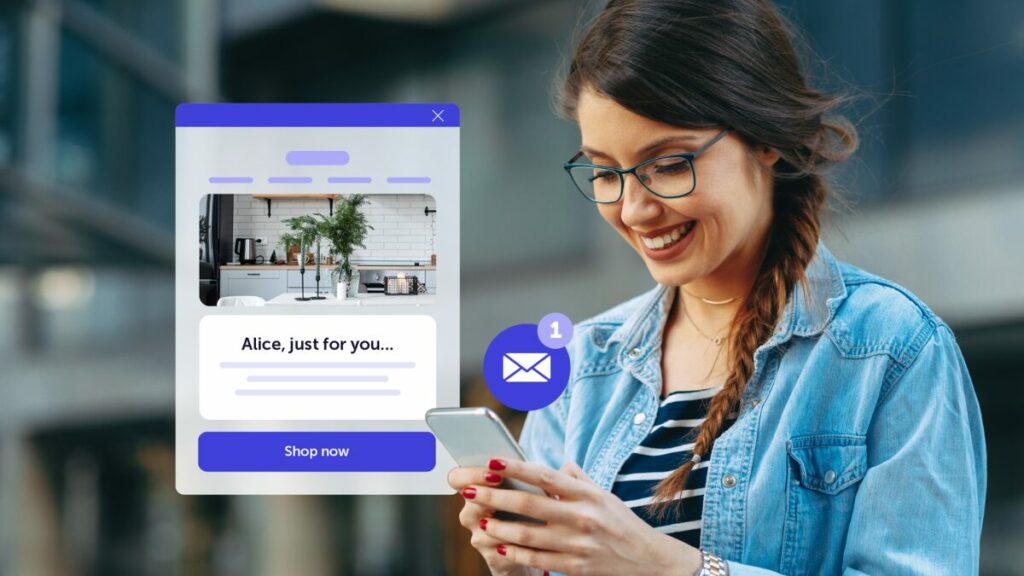5 reasons why email marketers using a ‘no reply’ address are using a no-win tactic
Email is a 2-way communication device
You send me – one of your trusted peers and colleagues – an email letting me know about something cool you discovered.
Then I email you back saying thanks, and sharing a link I have with more information.
That’s how it works. You’d probably have been expecting a response or reply from me. It’s a mutually beneficial interchange. The sharing of information, the exchanging of value, the forging of a trusted relationship.
And this is exactly how it should be with email marketing. Because you want to forge trusted relationships with your customers and prospects, and you want to develop worthwhile value exchanges.
So why are so many businesses are still using a ‘no-reply’ in their email marketing messages?
When I’ve asked this question of marketers in the past, I’ve heard the stock answers many times: “nobody replies to emails these days”, “I don’t want my inbox cluttered”, “I don’t have the time to read them so what’s the point?”.
The point is this…
A ‘no reply’ address allows the user to make the assumption that you couldn’t care about them and what they have to say. Which is the exact opposite of the effect you wanted your email to have, isn’t it?
So, if you’re still using a ‘no-reply’ address in your email campaigns, here are some reasons why you need to stop:
1. Spam complaints
Not all recipients will look for an unsubscribe link. Many see the reply button as a mechanic for them to asked to be removed from future mailings.
But if you stop them using this method, either by bouncing their response or by using a noreply@ email address, the chances of your unsubscriber reporting you as spam go up, along with the potential damage to your email reputation and delivery rate.
2. You will miss out on being added to subscribers’ contact lists
One of the best ways to ensure your emails get into inboxes is by having recipients add your email address to their contact lists
If you are using a no-reply address why would anyone add this to their contact list? They are never going to be able to use it to email you!
What’s more, ISPs like Gmail and Yahoo can automatically add a contact to a contacts list/trusted sender list, following an interaction from the recipient.
So by encouraging or at least enabling a conversation via the reply button, you are helping to build your own deliverability rates.
3. You’ll limit your ability to bypass spam traps
Auto responses… exactly the type of responses you are avoiding and should be ignored, right?
Wrong. Auto replies can provide a treasure trove of useful information for email marketers.
For example, you’ll discover email addresses that are no longer active, and contacts who have gone away. By removing these addresses you will see an increase in your open rates and so be better placed to avoid hitting spam traps.
4. You may be damaging your brand online
This is probably the most important reason why you really shouldn’t be using a no reply address. Your recipients want to feel valued by you, and at the very least they want to feel you have an interest in what they have to say.
Seeing a no reply address or receiving an auto-response from you saying “do not reply to this email” can only leave them with the exact opposite impression. Namely, that you don’t want to hear what they have to say. And that’s not good for your brand.
5. You may be missing out on sales opportunities!
It’s true. Subscribers don’t only use the reply button to unsubscribe. There’s a good chance you’ll be missing out on replies from subscribers requesting more information, or asking for a call from you. You could be missing out on buying signals, or even orders!



